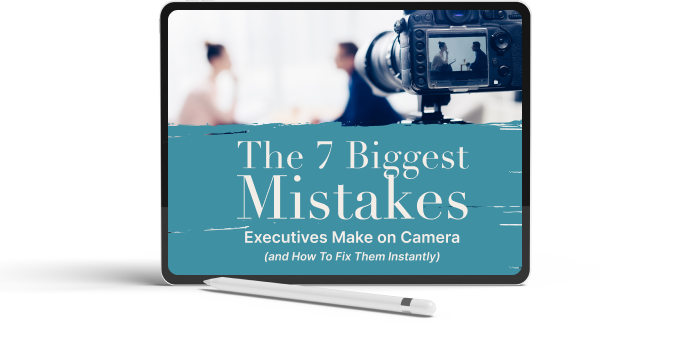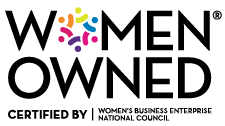In today’s dynamic work environment, the ability to conduct professional and impactful Zoom meetings and presentations from ANYWHERE is an asset.
It’s June, and many people are scattered across the globe on school breaks and summer vacations. It’s a real concern to make sure you have a good place that looks professional when you’re on the road.
People ask us all the time, “What is the best way to set up for a high-stakes meeting when you’re not in your office?”
Whether you’re on the road, staying in a hotel or Airbnb, or grabbing a quick conference room, you CAN maintain a professional appearance and deliver clear communication.
Here’s how to land the best online presentation when you’re away from your office.
1. Ensuring Good Video Quality
Camera Quality
A high-quality camera is crucial for presenting yourself professionally. While most laptops have built-in cameras, their quality isn’t the best.
Investing in an external camera significantly improves your video quality. You will actually look like YOU. (I recommend this external camera for its excellent resolution and ease of use.)
Camera Position
The positioning of your camera is equally important. To create a natural and professional appearance, your camera should be at eye level.
This helps maintain eye contact and avoids the unflattering angles from a camera positioned too low.
A simple trick is to use stacked books or a portable laptop stand to elevate your computer to the right height.
2. Ensuring Good Audio Quality
Quiet Space
Good audio quality starts with choosing a quiet location.
If you’re in a hotel, pick a room away from busy areas like the lobby or bar. If you’re in a shared office or conference room, try to find a space with minimal background noise.
Always test your audio before the meeting to ensure your voice is clear and free from echoes or background disturbances.
Zoom also has a really great built-in feature for silencing background noise, which you can turn on in your settings.
Built-in microphones can pick up a lot of ambient noise. If you have a dedicated microphone or a good pair of headphones with a mic, use them to ensure your voice comes through loud and clear.
3. Creating a Professional Background
Neutral Background
Your background should be professional and free of distractions.
A blank wall is ideal. If that’s not possible, aim for a simple, uncluttered background. You want your audience to focus on you, not what’s happening behind you.
By following these tips, you’ll be prepared, relaxed, and ready to go, no matter where you are.
The key is preparation – having the right equipment, setting up your space thoughtfully, and testing everything beforehand.
This way, you can maintain the same level of professionalism you would in your office, even when you’re on the move.






